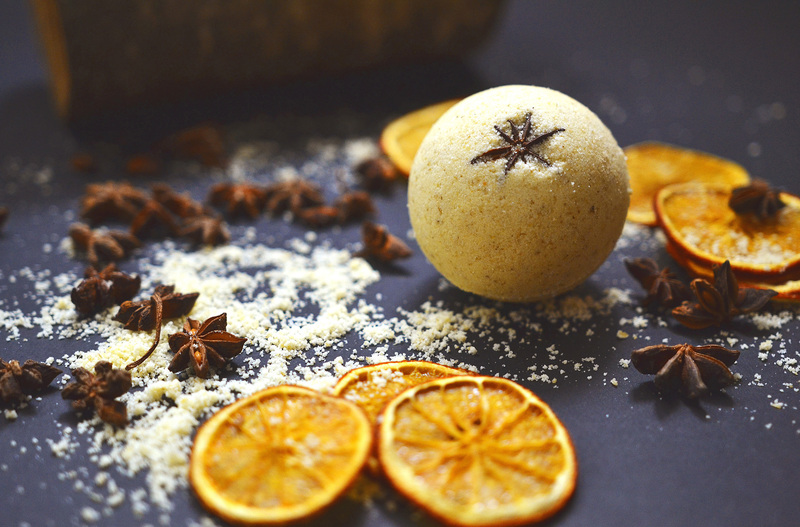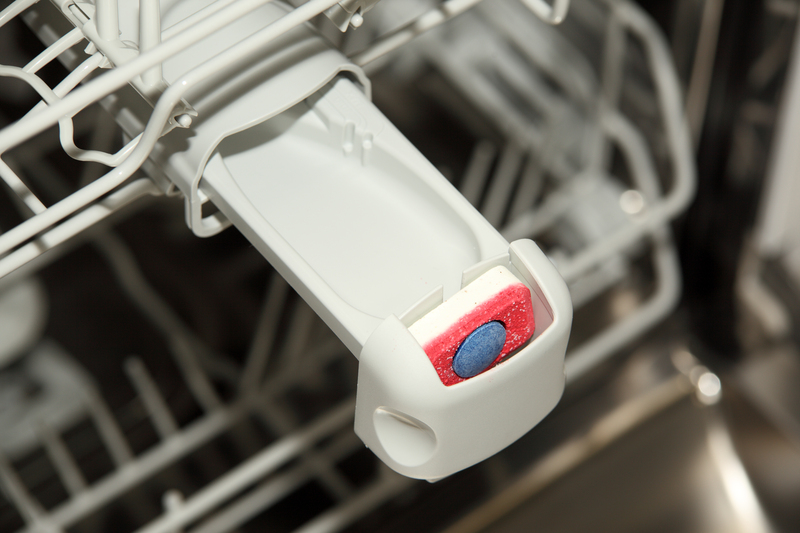Secrets to Safely Clean and Preserve Velvet Curtains
Posted on 01/06/2025
Secrets to Safely Clean and Preserve Velvet Curtains
Velvet curtains are the epitome of elegance and sophistication, gracing windows with their sumptuous texture and rich hues. Despite their beauty, velvet curtains are known for requiring special care. Improper cleaning can damage the delicate pile, ruin their allure, and drastically shorten their lifespan. To help you safeguard your investment, this comprehensive guide uncovers the secrets to safely clean and preserve velvet drapes in your home.

Understanding Velvet Fabric: Why Special Care is Essential
Before diving into cleaning methods, it's crucial to understand what sets velvet apart. True velvet is woven from silk, cotton, or synthetic fibers, featuring a distinctive pile that gives it its plush, soft feel. The unique structure of velvet means it:
- Is susceptible to pressure marks and crushing
- Easily attracts dust, lint, and pet hair
- May be damaged by water or harsh chemicals
- Requires gentle handling to maintain its luster
Whether your curtains are made from traditional silk velvet, cotton velvet, or modern poly-velvet, these cleaning and preservation tips are designed to keep them looking luxurious for years.
The Importance of Regular Velvet Curtain Maintenance
Caring for velvet curtains is not just about deep cleaning--regular maintenance plays a vital role in prevention and preservation. Here's why:
- Dust Prevention: Dust and dirt can get trapped in the pile, making colors fade and fibers appear dull.
- Elongates Fabric Life: Routine maintenance helps prevent the need for frequent deep cleans, reducing wear and tear.
- Improves Indoor Air Quality: Clean curtains mean a cleaner, healthier home environment.
Routine Velvet Curtain Cleaning Tips
- Vacuum Regularly: Use the upholstery brush attachment and gently vacuum the curtains once a week. Always move in the direction of the nap (the velvet's texture direction).
- Shake Out Dust: Occasionally, take the curtains down and shake them outside to dislodge dust and loose particles.
- Lint Rollers: Remove lint and pet hair with a sticky lint roller or a soft brush specifically designed for velvet.
How to Spot Clean Velvet Curtains
Spills and stains are inevitable--even on your most luxurious window treatments. Spot cleaning is the safest way to tackle small areas without risking overall fabric integrity:
- Act Fast: Blot up spills immediately with a clean, dry, white cloth to absorb as much of the liquid as possible. Avoid rubbing, which can damage the velvet pile.
- Mix a Gentle Solution: Combine lukewarm water with a small amount of mild, non-alkaline soap or detergent.
- Test First: Before applying any solution, test it on a hidden part of the curtain to check for colorfastness and texture change.
- Clean Carefully: Dampen a soft, white cloth with the solution (do not soak), then gently blot the stain. Work from the outside toward the center to prevent spreading.
- Rinse and Dry: Blot the area with a clean, damp cloth to remove soap residue, then pat dry. Use a hair dryer on cool air or let it air dry naturally. Avoid direct heat.
- Restore the Pile: Once dry, gently brush the nap with a soft-bristled brush to revive its texture.
Should You Machine Wash Velvet Curtains?
Many homeowners wonder if they can machine wash velvet curtains for convenience. Generally, machine washing is not recommended for genuine velvet, as it can:
- Crush the pile and ruin the texture
- Cause shrinking or fading
- Lead to permanent wrinkling
If your velvet curtains are labeled as machine washable (such as some polyester velvets), use these guidelines:
- Use Gentle Cycle: Select the delicate or hand wash cycle.
- Cold Water Only: Hot water can set stains and fade colors.
- Mild Detergent: Use a detergent formulated for delicates.
- Low Spin: Too much agitation can crush the nap.
- Do Not Overload: Wash velvet curtains alone or with a similar color fabric to prevent friction.
Warning: Always follow the care label instructions. When in doubt, hand wash or opt for professional cleaning to avoid damage.
Hand Washing Velvet Curtains: Step-by-Step Guide
Hand washing is significantly safer than machine washing, especially for delicate or vintage velvet drapes. Follow these steps for a gentle yet effective clean:
- Fill a bathtub or large basin with cool or lukewarm water.
- Add a small amount of gentle soap. Avoid harsh or bleach-based products.
- Immerse one curtain panel at a time. Swirl lightly--do not rub or wring.
- Soak for 5-10 minutes. Gently agitate to dislodge dirt.
- Drain soapy water, then refill with clean water to rinse. Repeat until water runs clear.
- Lift the curtain carefully, supporting its weight to avoid stretching.
- Press gently between towels to remove excess water--never twist or wring.
- Hang to air dry, keeping away from direct sunlight that may fade colors.
How to Dry Velvet Curtains Safely
Drying velvet requires just as much care as cleaning. Here's how to do it right:
- Air Dry is Best: Lay flat on a clean, dry towel or hang using padded hangers away from sunlight and heat sources.
- Avoid Driers: Tumble drying is a surefire way to damage velvet pile and cause shrinkage.
- Steaming: Use a handheld steamer to remove wrinkles. Hold the steamer a few inches away from the fabric and move in the direction of the nap. Avoid getting the velvet too wet.
Professional Cleaning: When and Why to Opt for Dry Cleaning
If your curtains are made from silk velvet, have intricate embellishments, or you're unsure about home cleaning, professional dry cleaning is the safest option. Look for a cleaner experienced with luxury fabrics. Benefits include:
- Expert stain and odor removal
- Minimized risk of pile crush and shrinkage
- Safe cleaning for complex shapes or linings
Have your velvet drapes professionally cleaned once every 1-2 years, or immediately in case of significant stains or soiling.
Preservation Tips: How to Extend the Life of Your Velvet Curtains
The best-kept secrets to preserving velvet drapes involve a combination of careful handling and smart environmental choices:
Prevent Sun Damage
- Sun fades: Prolonged exposure to direct sunlight can cause velvet to lose its hue and weaken fibers.
- Use Sheers: Layer velvet curtains with sheer panels to filter sunlight.
- Close curtains: During peak daylight, keep curtains drawn to minimize exposure.
Minimize Moisture and Humidity
- High humidity encourages mold and mildew growth.
- Ensure adequate ventilation in rooms with velvet curtains.
- Use a dehumidifier if needed.
Prevent and Remove Velvet Curtain Creases
- Velvet is prone to pressure marks that can make creases permanent.
- Never fold velvet curtains--for storage, roll them or hang loosely.
- Remove creases with a steamer; avoid ironing directly.
Handle Velvet Carefully
- When handling, wear clean gloves to prevent oils from marring the fabric.
- Avoid pinning or clipping velvet, as this can leave indentation marks.
Dealing with Common Velvet Curtain Problems
Flattened Velvet Pile
Heavy objects, pressure, or improper storage can flatten velvet's plush nap. To restore:
- Hold a steamer a few inches from the spot and gently fluff the pile with a soft brush as you steam.
- Never saturate the fabric--light steam only.
Sticky or Greasy Stains
- Sprinkle cornstarch or baking soda over the stain. Allow it to absorb oil for several hours.
- Gently brush off powder and follow up with a spot-clean as above.
Mildew
- Mix equal parts white vinegar and water. Dab lightly with a clean cloth--do not saturate.
- Allow to air dry completely. Repeat if needed.

Frequently Asked Questions About Cleaning Velvet Curtains
Can I use a standard brush or vacuum on velvet drapes?
Only use a soft-bristled brush and a vacuum with an upholstery attachment. Standard or stiff brushes can damage the nap.
How often should I clean velvet curtains?
Regular light cleaning (vacuuming and shaking) should be done weekly; deep cleaning or professional cleaning is needed every 1-2 years or when visible soiling occurs.
Is steaming velvet safe?
Steaming is safer than ironing. Always use on a cool setting and do not allow water to drip onto the fabric.
Should I iron my velvet curtains?
Never iron velvet directly! If necessary, use a steamer or gently use the iron's steam function from a distance.
Conclusion: Enjoy Luxurious Velvet Curtains for Years to Come
Preserving velvet drapes is all about understanding their unique needs. With regular maintenance, gentle cleaning techniques, and proper storage, you'll showcase pristine, dazzling curtains for years. Remember--when in doubt, consult a professional to avoid costly mistakes. By following these secrets to safely clean and preserve velvet curtains, your elegant home accent will remain a luxurious centerpiece through changing seasons and trends.
Are you a velvet lover? Share your curtain care tips and success stories below!


